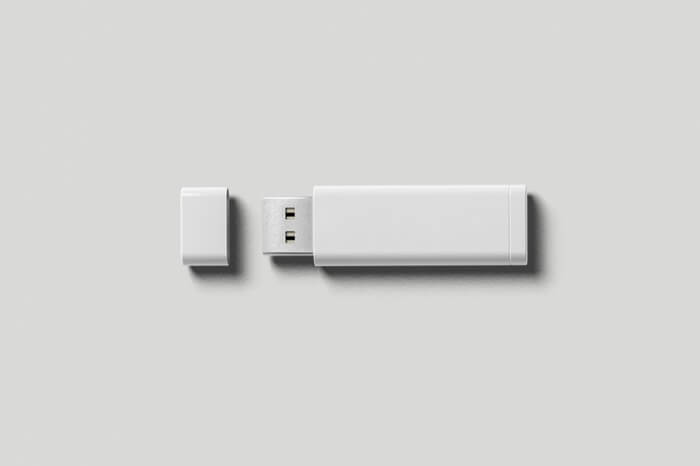The Ultimate Guide to Pendrives: A Portable Storage Revolution
Introduction
In today's fast-paced digital world, data storage, and portability have become paramount. From students to professionals, everyone needs a reliable solution to carry and transfer their files conveniently. This is where pen drives, also known as USB flash drives, step in. In this comprehensive guide, we'll explore the evolution, benefits, and applications of pen drives, revolutionizing the way we store and access data.
1. What is a Pendrive?
A pen drive is a small, portable data storage device that uses flash memory to store data. It connects to devices through a USB (Universal Serial Bus) port and can hold a vast amount of information, ranging from a few megabytes to several terabytes. The compact size and ease of use make pen drives a preferred choice for data transfer.
2. Evolution of Pendrives
The concept of portable storage dates back to the late 1990s, but the first true USB flash drive, named "DiskOnKey," was introduced by M-Systems (now SanDisk) in 1999. Initially offering limited storage capacity, pen drives rapidly evolved with advancements in flash memory technology. Today, they have become a ubiquitous tool in our daily lives.
3. Advantages of Pendrives
Pendrives offer numerous benefits, making them indispensable in various scenarios:
3.1 Portability
The primary advantage of pen drives is their portability. They can easily fit in your pocket or attach to a keychain, making it effortless to carry important files wherever you go.
3.2 Data Transfer Speed
Pendrives are known for their fast data transfer speeds. With the advent of USB 3.0 and USB 3.1 technologies, transferring large files has become a breeze.
3.3 Compatibility
Pendrives are compatible with almost all devices that have a USB port, including computers, laptops, gaming consoles, and even some smartphones.
3.4 Durability
Unlike traditional hard drives, pen drives have no moving parts, making them more resistant to physical shocks and less prone to data loss due to mechanical failures.
4. Common Uses of Pendrives
Pendrives have found applications in various fields due to their versatility and convenience:
4.1 Data Backup
Individuals and businesses use pen drives to back up important data and ensure data redundancy, protecting valuable information from accidental loss.
4.2 File Transfer
Pendrives provide a simple and quick way to transfer files between devices without the need for an internet connection.
4.3 Bootable Operating Systems
Tech-savvy users create bootable pen drives to install or repair operating systems on their computers.
4.4 Presentation Tool
Professionals often use pen drives to carry presentations and documents, allowing them to showcase their work anywhere.
5. Security Considerations
While pen drives are incredibly useful, their portable nature makes them susceptible to security risks:
5.1 Data Encryption
To safeguard sensitive information, users should consider using encrypted pendrives that require a password for access.
5.2 Malware Protection
Regularly scanning pendrives with reliable antivirus software can prevent the spread of malware between devices.
6. Future Trends in Pendrives
As technology continues to advance, the future of pendrives holds exciting possibilities:
6.1 Increased Storage Capacity
With ongoing developments in flash memory technology, we can expect pendrives with even larger storage capacities to become readily available.
6.2 Biometric Security
Future pen drives may incorporate biometric authentication, ensuring that only authorized users can access the data.
Conclusion
In conclusion, pen drives have transformed the way we handle data storage and transfer. Their portability, high data transfer speeds, and compatibility have made them essential tools in both personal and professional settings. As technology progresses, pen drives will likely continue to evolve, offering more storage capacity and enhanced security features to meet our ever-growing digital needs.

Comments
Post a Comment